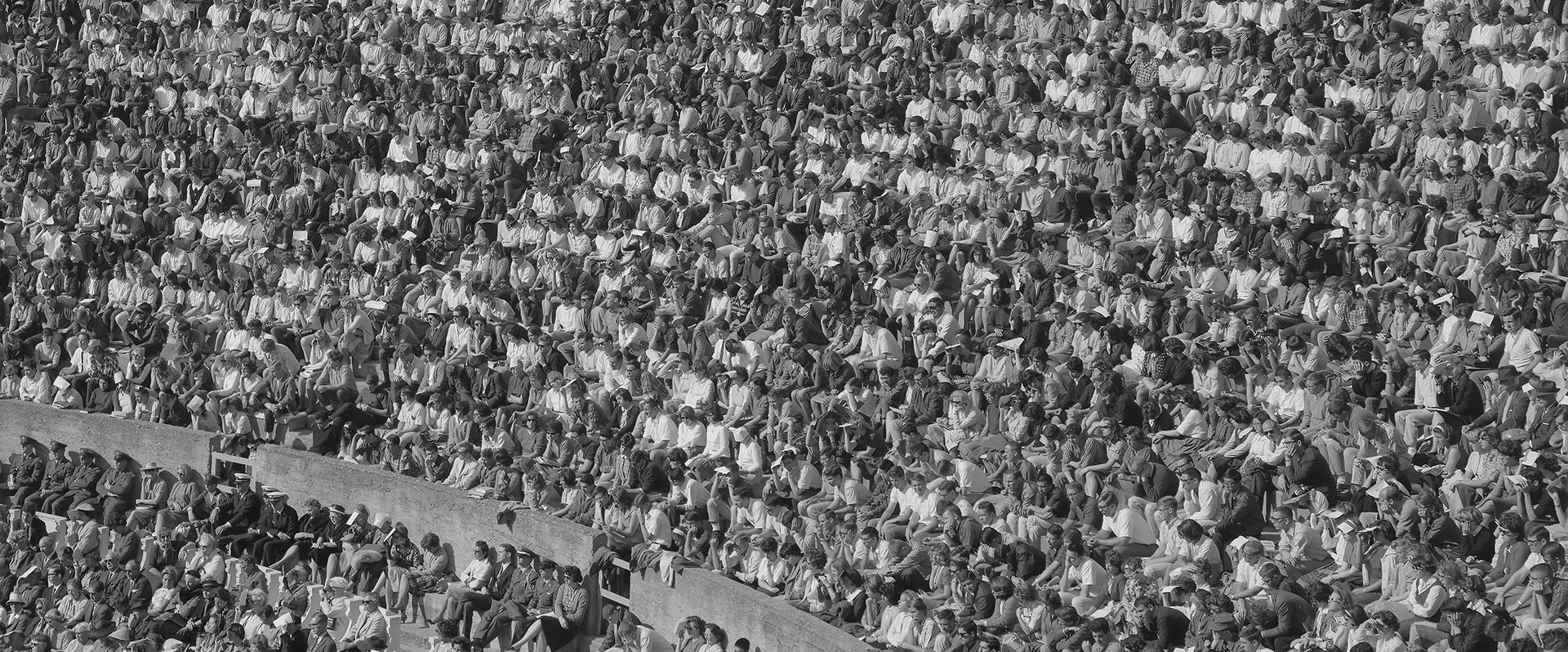In Zone Eleven, Mike Mandel unearths 75 largely unknown images that reimagine the expectations of an “Ansel Adams” photograph.

You’re getting blind.
Don’t miss the best of visual arts. Subscribe for $9 per month or $108 $90 per year.
Already suscribed ?
Read more: André Kertész’s windows



